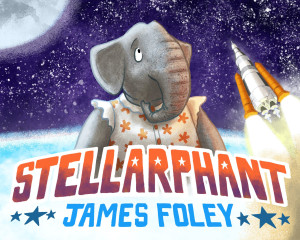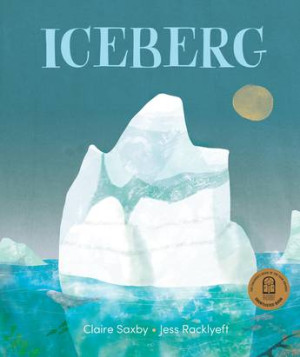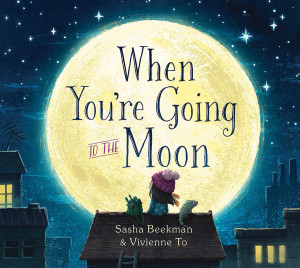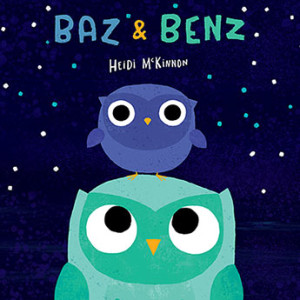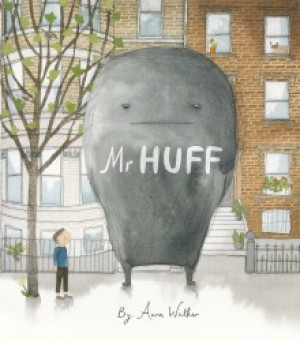

Creating a story in just 32 pages
Picture books can tell an AMAZING amount of story in a small amount of space! In this lesson, you’ll get to know the parts of a picture book, and how a story can be made to fit one.
Video Chapters:
00:00 Introduction
00:23 Meet the creators
01:10 The parts of a picture book
04:16 How to structure a story for a picture book
05:42 The special features of a picture book
06:57 Final words of advice
07:44 Here’s what we’ve learned
 Learning Intentions
Learning Intentions
1. Learning about the different parts and features of a picture book, and how the format of a book can shape the way a story is told.
2. Exploring our library collection and discovering some new picture books and features that we can draw inspiration from in our own writing.
3. Choosing one set of features to explore, and are experimenting with different ways we can make use of these in our story planning.
SUCCESS CRITERIA:
1. Identified the different parts of a picture book and have found examples of these.
2. Produced a reading list of picture books to explore further in the future.
3. Planned or demonstrated some different writing and storytelling ideas.
 Discussion Questions
Discussion Questions
- Do you have a favourite picture book? What do you like about it?
- Think about what a picture book feels like in your hands. Can you name some of the parts of a picture book? Are there parts you don’t know the names of?
- What do you think might be some of the differences between a picture book and a chapter book or novel?
- Sasha talks about some of the main parts of a picture book. Can you remember any of these?
- Adam mentioned the number of pages that are in a typical picture book. Do you remember what that number was? (NB: 32).
- Sasha and Adam talk about the ways they structure their picture book stories. Do you remember what Sasha told us she did when she was planning her stories?
- Sasha told us about leaving room for the illustrator to express themselves too, which sometimes meant leaving out words. Have you noticed this when you are reading picture books? Can you think of examples where a picture has told us something that isn’t said in the text?
- When he was writing his picture book 'There’s a Bull Ant in the Bedroom', Adam says he thought a lot about a feature called the page turn.
- Do you remember what that was? (A page that reveals something hinted at on the page before, to shock or surprise you, or to make you laugh. It lets you
anticipate what might be coming next.) - Why do you think this feature is important when you’re reading or writing a picture book story?
 Curriculum Links
Curriculum Links
Australian Curriculum V9.0 Links
ENGLISH Y3-4
Language:
● Text structure and organisation: AC9E3LA03, AC9E4LA03, AC9E3LA05,
ACE4LA05
● Language for expressing and developing ideas: AC9E3LA09, AC9E4LA09
Literature:
● Engaging with and responding to literature: AC9E3LE02, AC9E4LE02
● Examining literature: AC9E3LE03, AC9E4LE03
● Creating literature: AC9E3LE05, AC9E4LE05
Literacy:
● Analysing, interpreting and evaluating: AC9E3LY03, AC9E4LY03, AC9E3LY05,
AC9E4LY05
● Creating texts: AC9E3LY06, AC9E4LY06
GENERAL CAPABILITIES
LITERACY
Reading and viewing:
● Understanding texts: Level 5-6
CRITICAL AND CREATIVE THINKING
Analysing:
● Interpreting concepts and problems: Level 3
Generating:
● Put ideas into action: Level 3
Reflecting
● Transfer knowledge: Level 3








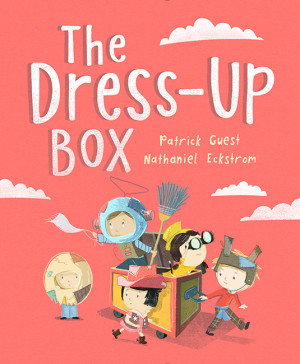
-thumb.jpg)
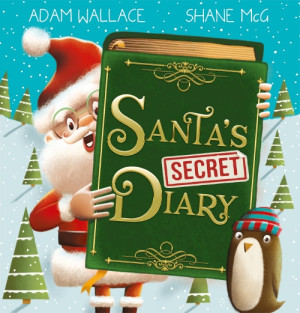
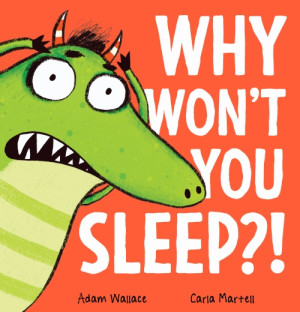
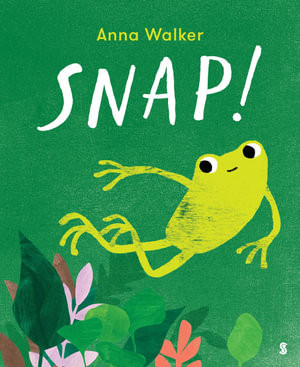
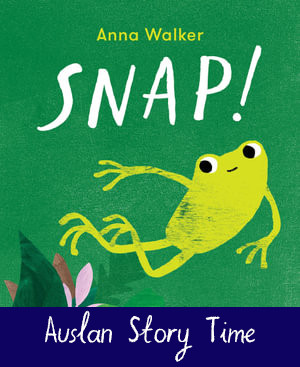
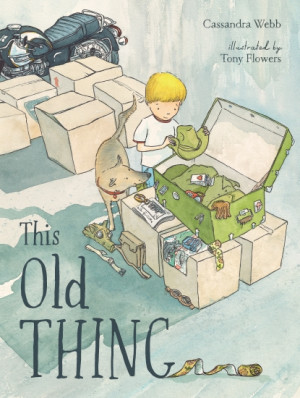
-thumb.jpg)
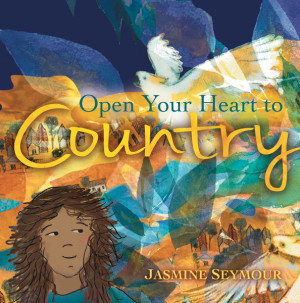
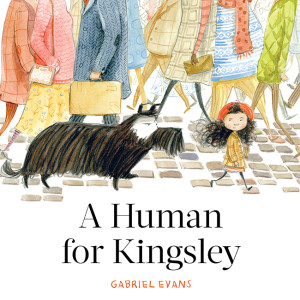
-thumb.jpg)
